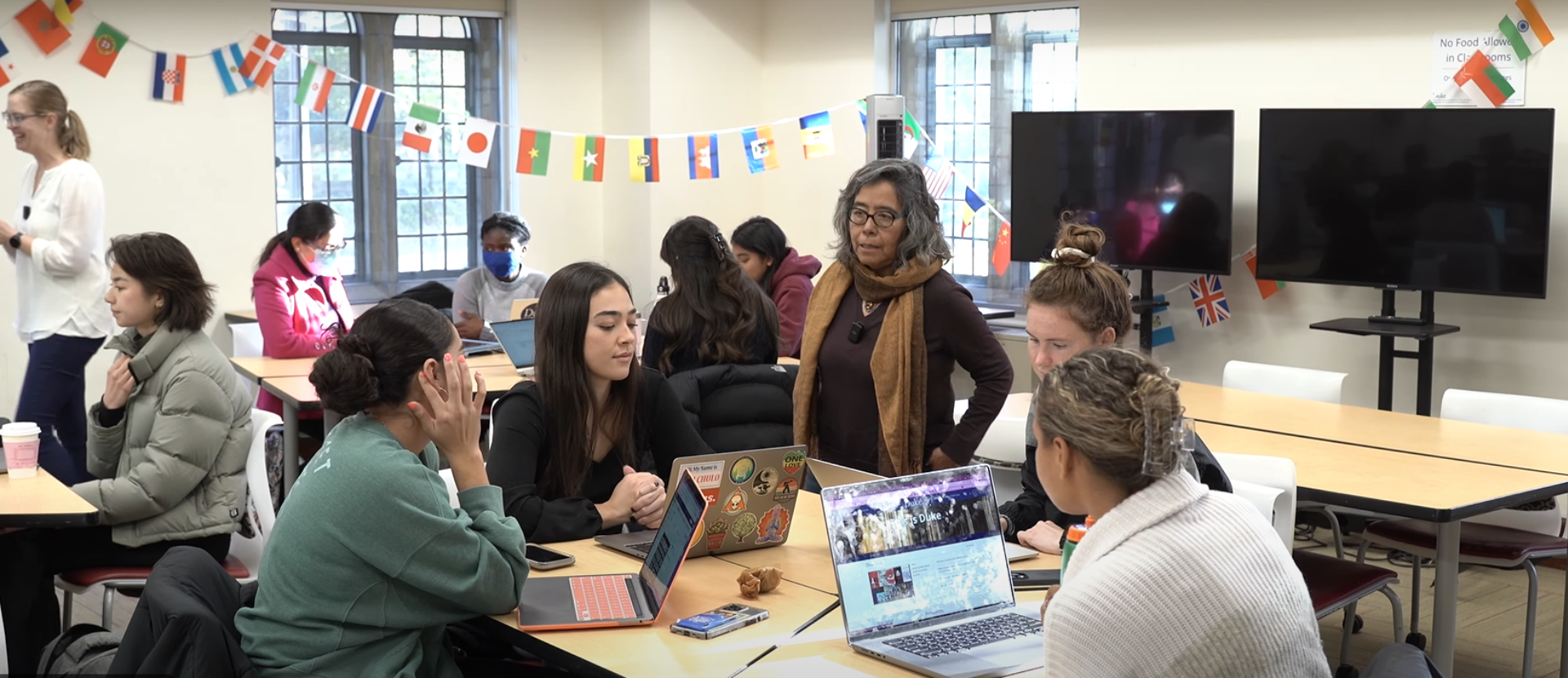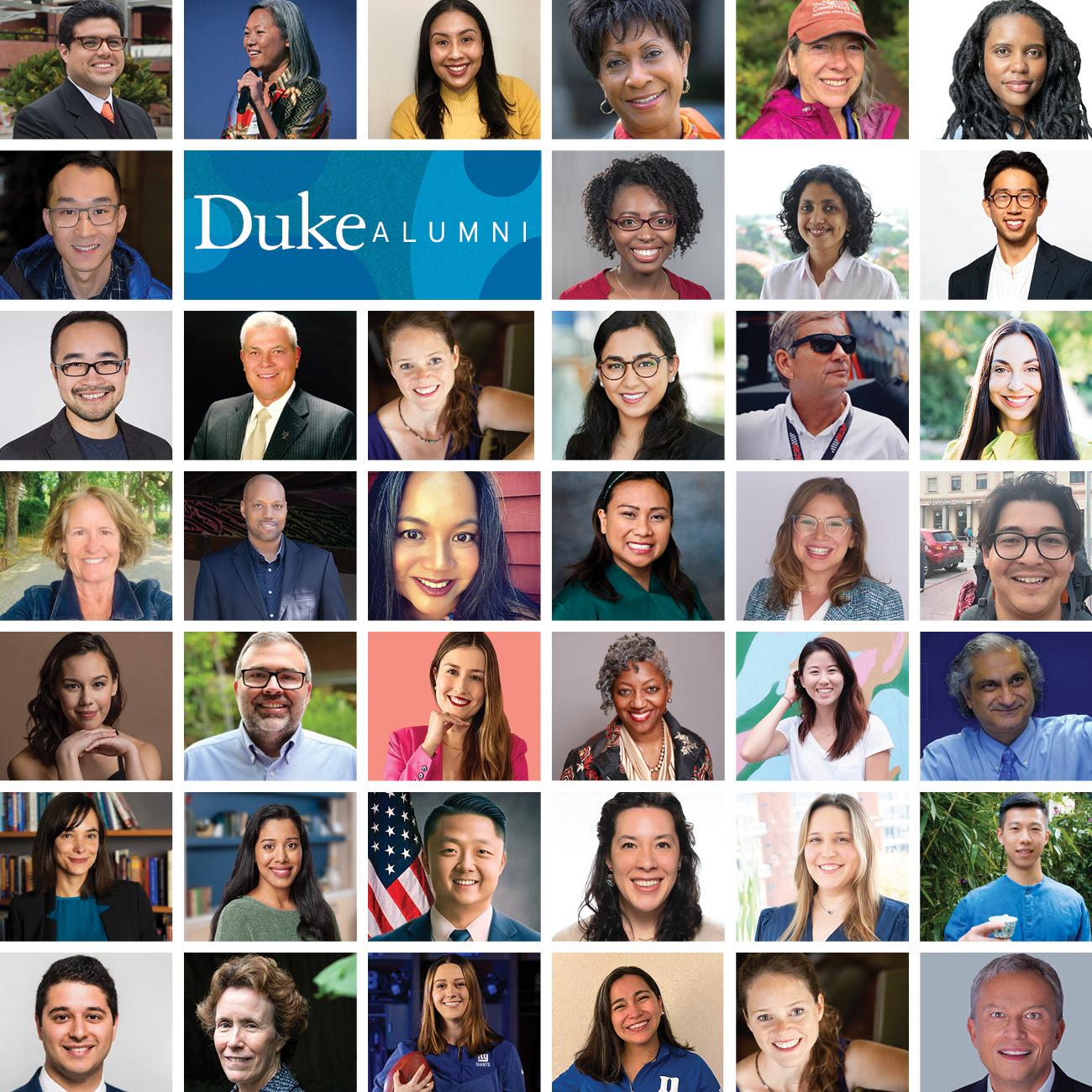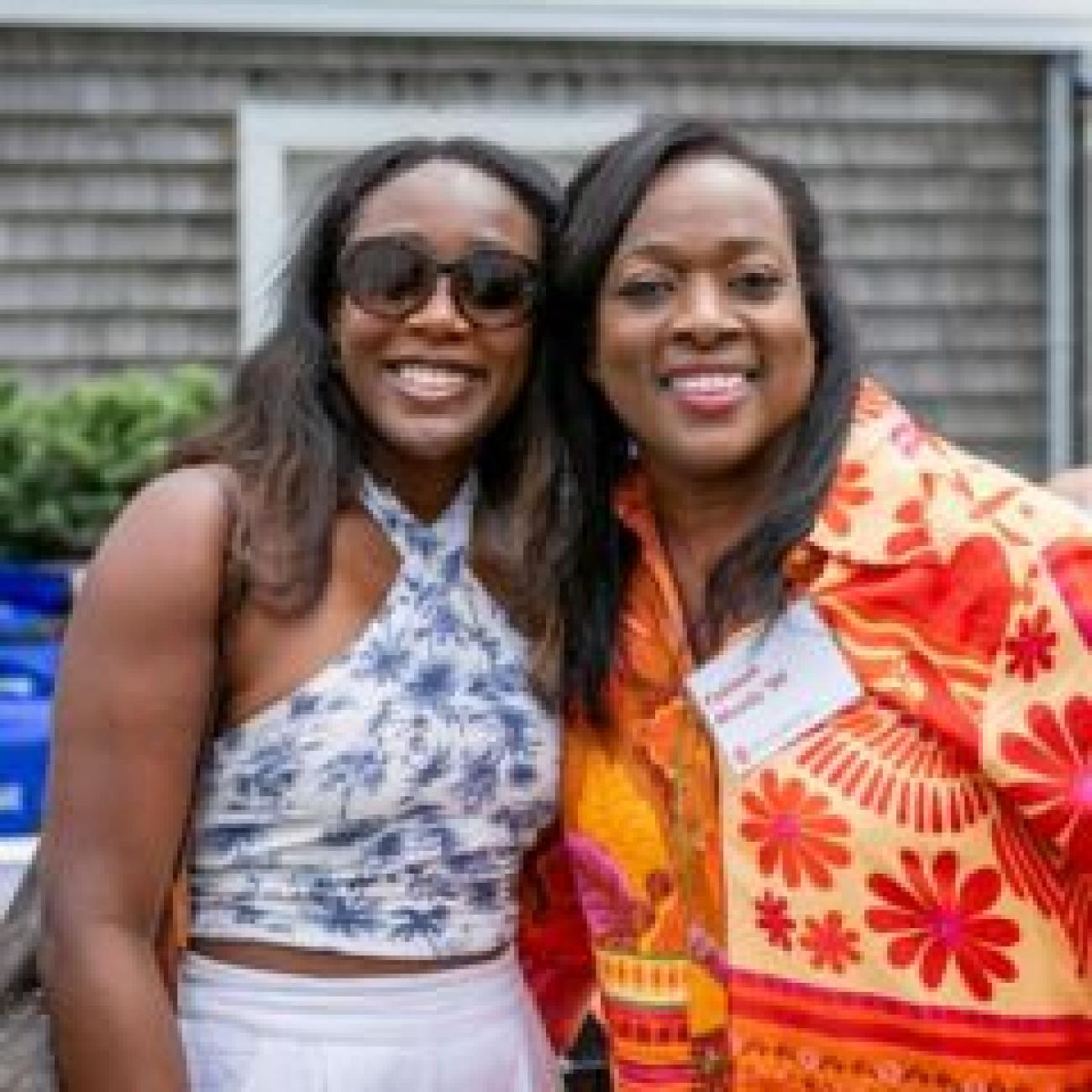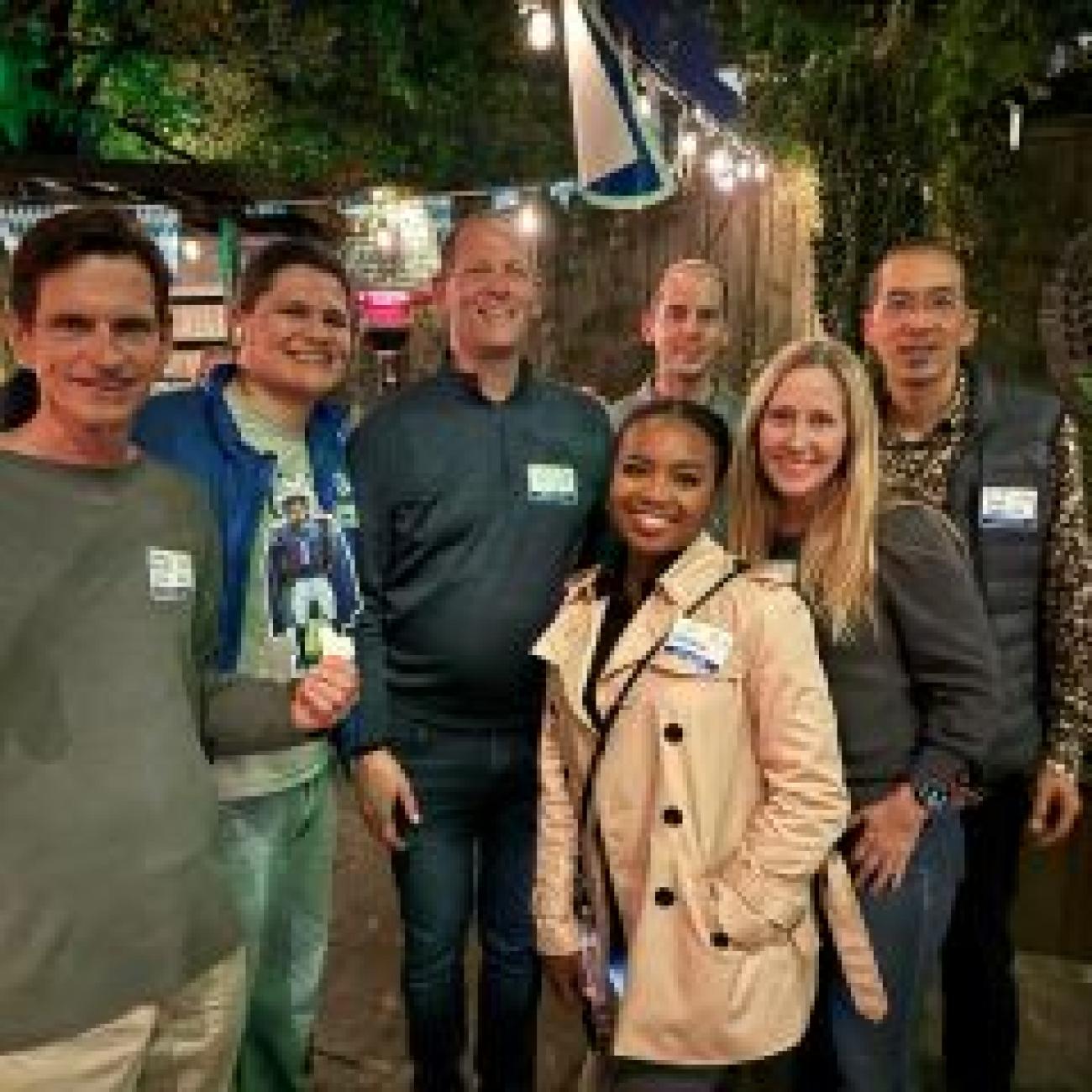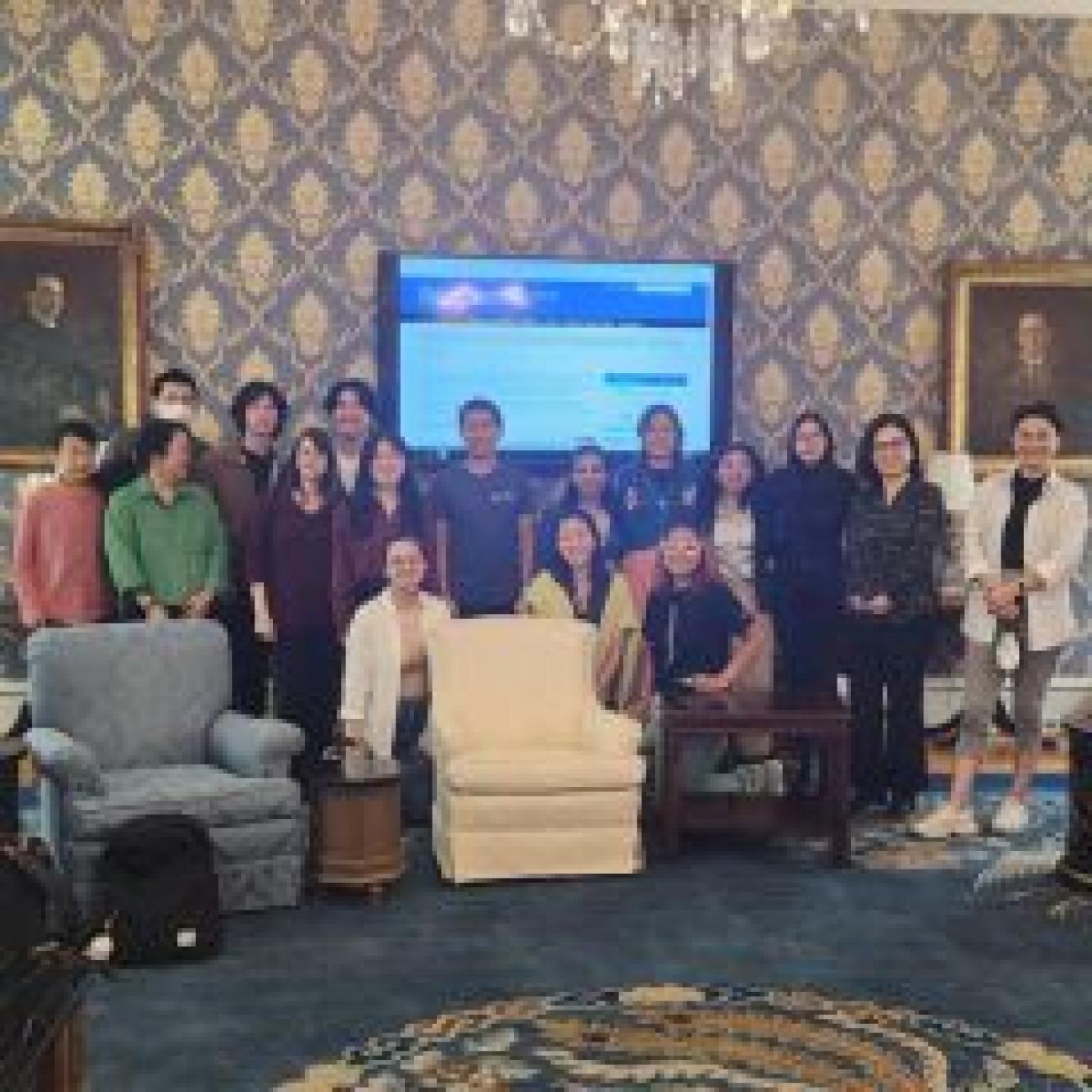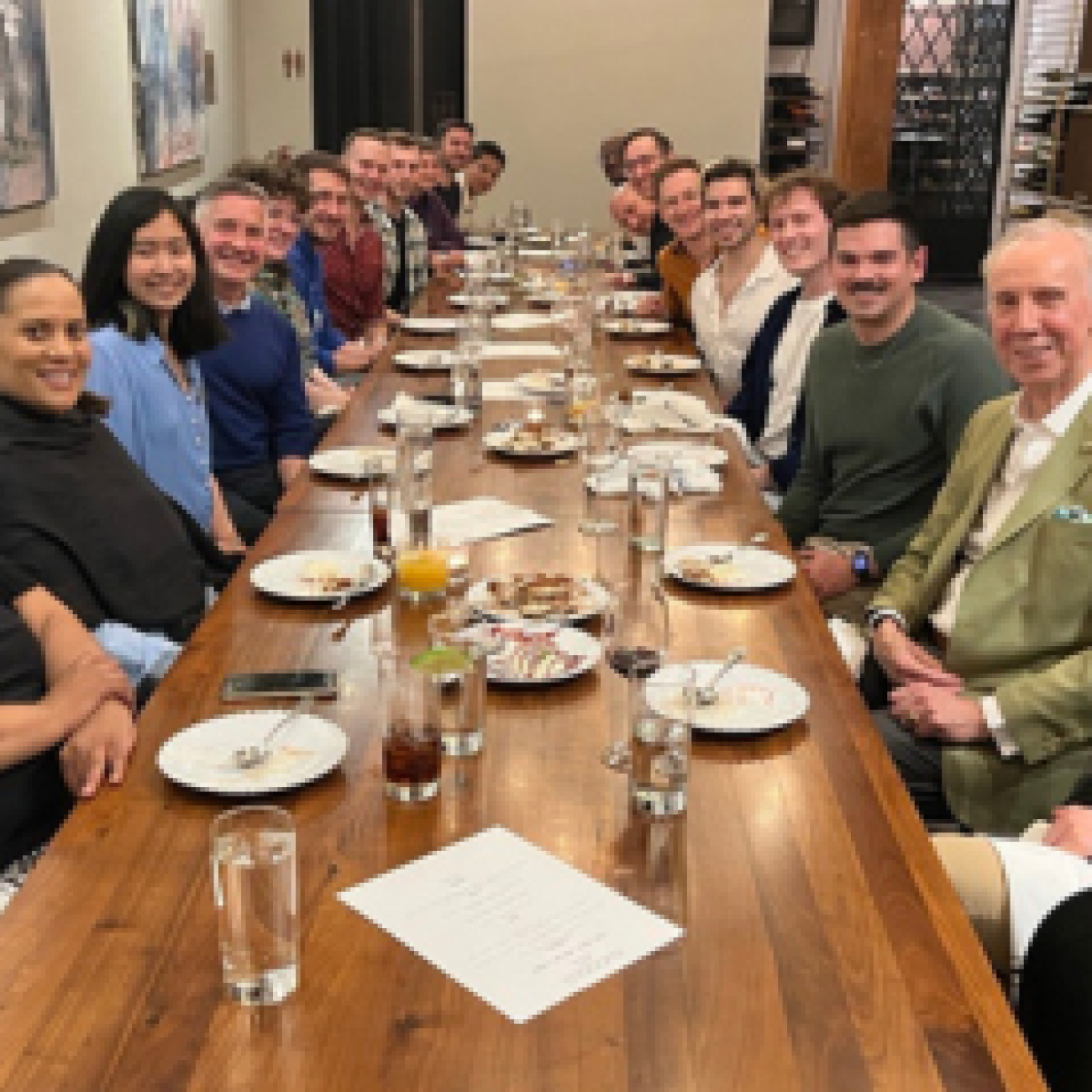(Not) Lost in Translation
When French professor Sandra Valnes Quammen A.M.’06 partnered to teach with the Spanish department, she realized the class would become unlike any other.
It’s a typical Friday afternoon in Duke’s Language Building on West Quad, where students can be heard conversing in French, Spanish and English.
But the conversations are all coming from the same room. A peek inside and you won’t see standardized grammar exercises or formal oral exams.
What you will feel in the class, called “Translanguaging Fridays,” is community.
The brainchild of Sandra Valnes Quammen, director of Duke’s French program, and Liliana Paredes, a professor of the practice of romance studies, the class is a blended space for French 111 and Spanish 111 students. It encourages multilingualism and allows students to build the confidence to take a few falls, which is key in an introductory environment.
“I was a beginner again,” Chaoran Yang ’26, a French 111 student, says. “I could make mistakes without the burden of constantly proving myself.”
While “translanguaging” is a concept Valnes Quammen and Paredes are researching and implementing into their classrooms, it’s also a form of communication. The ability to transition between multiple languages when communicating is demonstrated by all mediums of language, like listening, speaking, signing or writing.
The pedagogical approach allows students to utilize several languages to become more multilingual as a community. Instead of the typical language class structure focused on grammar or memorization, students enter an open, relaxed space where they can bring all of their experiences and knowledge to the class and communicate in whatever languages they can with the goal of solving real problems together. Think conversations about the similarities and differences across cultures, readings on global development that affect people across French and Spanish-speaking countries, even Bananagrams that translate across languages.
“I did not speak Spanish at all,” Yang says. “But the similarities helped me better understand French linguistically.”
The freedom to make mistakes and see students lean on one another throughout the experience is what makes the class special to Valnes Quammen. Duke students are enthusiastic about learning and familiar with articulating their knowledge, but a new language can stump them, she says.
“It’s an endeavor that feels vulnerable and even scary, but I want my students to feel like they can take risks,” she says.
It’s safe to say they do.
“Translanguaging Fridays” has inspired Yang to take what she learned to a new level. Yang wanted to adapt the benefits of a multilingual community more broadly within spaces at Duke. For one of her class projects, her team created a website that translated financial jargon into Spanish, Chinese, Vietnamese, Arabic and French to help students and families whose first language isn’t English understand tuition and financial aid documents.
As an international student from China herself, Yang is now collaborating with the Duke International Student Center to make similar resources widely available for future students and families.
“Without inspiration from Professor Valnes Quammen, I would have never thought I was able to make this change.”
Today, Valnes Quammen continues to reimagine her courses, bringing in new teaching strategies and projects in tandem with her research in “translanguaging.” She also collaborates with colleagues in the French Language program to explore how French language pedagogy and curriculum can be integrated with sustainability and equity initiatives.
It's an ever-changing journey Valnes Quammen and Paredes say they will never be fully fluent in.
“We open space for them,” Paredes says. “The ‘beyond’ part is when they open the door, and they are outside the classroom.”







